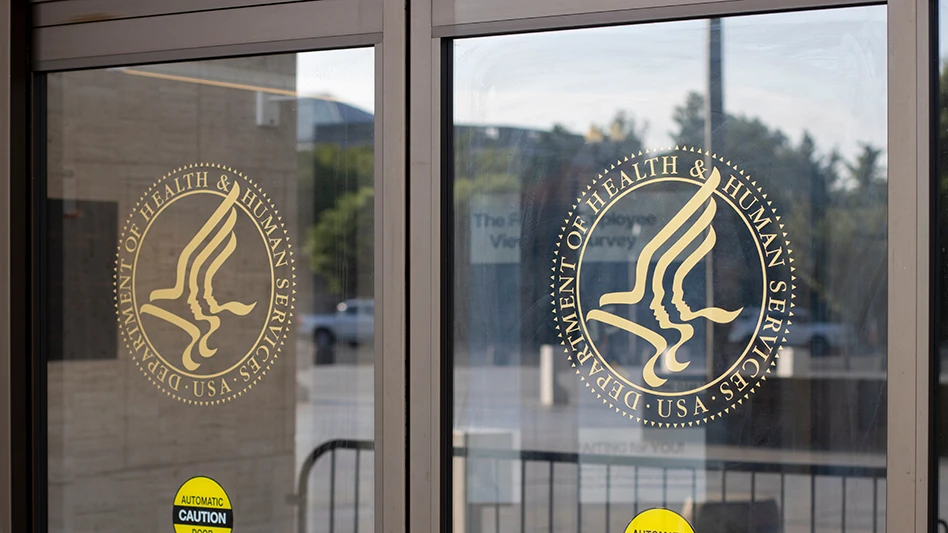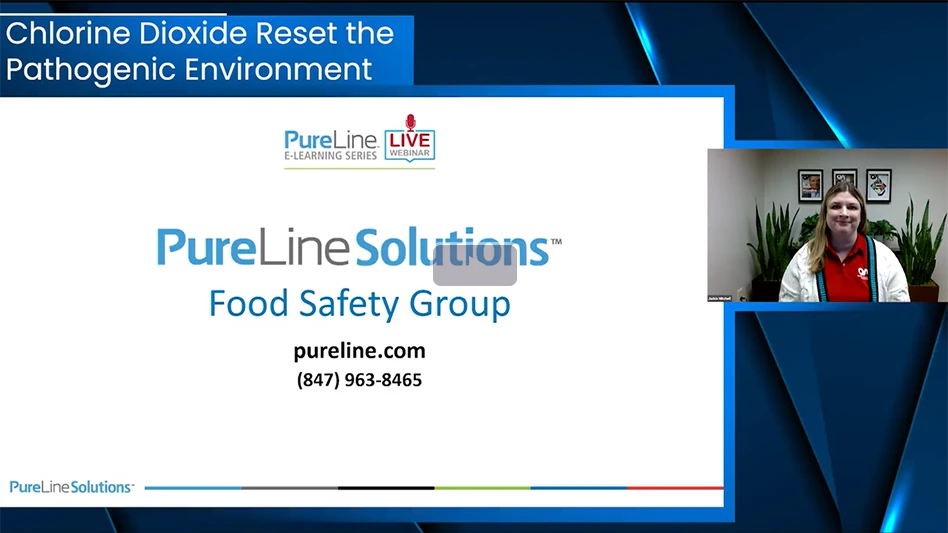
Undeclared food allergens continue to be the top reason for recalls both for FDA- and USDA FSIS-regulated products as well as for reports to FDA’s Reportable Food Registry. Undeclared allergens are not just an issue for the U.S.; they are a global issue.
How do food manufacturers turn the tide and reduce the number of recalls due to undeclared allergens? What can be done to ensure that food-allergic consumers are further protected? How do businesses build and maintain their trust with this community?
Food Allergy Awareness Week was observed in May, and it serves as a reminder of the importance of this issue; of the need to have actions grounded in facts and in the regulatory requirements of FSMA’s Preventive Controls for Human Food rule; and of how allergens are addressed in the final rule.
THE HAZARD ANALYSIS. A key requirement of the rule is the written hazard analysis, which must consider hazards that are known or reasonably foreseeable. These include the identification of chemical, biological, and physical hazards — with allergens considered to be a type of chemical hazard.
For each identified hazard, the analysis must include an evaluation of the severity of illness and/or injury if it were to occur and the probability that it will occur in the absence of preventive controls. Some elements the evaluation must consider include: formulation of the food; condition, function, and design of the facility and equipment (i.e., sanitary design of the equipment and of the facility); raw materials and other ingredients; manufacturing and/or processing procedures; packaging and labeling activities; and sanitation, including employee hygiene.
Fundamentally, the need for allergen preventive controls is determined through the hazard analysis to address cross-contact and ensure correct labeling on the finished product. Examples of allergen preventive controls are ingredient control, label management procedures for foods containing allergens, changeovers (possibly sanitation preventive control), rework management, label application, sanitation of shared equipment (possibly a sanitation preventive control), and receipt of incoming labels for finished products containing allergens.
When conducting a hazard analysis, consideration must be taken to examine not only the food being analyzed but also the allergen profile of the other products in the facility and how those products can contribute to risk. What is the likelihood of cross-contact of multiple allergens in a facility? Are the production lines shared, or are there separate lines for food containing a specific allergen? What is the proximity of the lines, and what is the material flow and traffic pattern throughout the facility? Is it a well-constructed facility, or are sanitary operations difficult to maintain due to a challenging facility design?
Careful examination of answers to such questions by a facility’s cross-functional food safety team can lead to determining the need to elevate specific processes, procedures, or steps to the rigor of an allergen preventive control to reduce or eliminate the risk of cross-contact vs. managing them as a Good Manufacturing Practice.
PREVENTIVE CONTROLS. Based on the outcome of the hazard analysis, one or more preventive controls may need to be implemented to ensure the correct allergen label on the finished product.
The cross-functional food safety team should consider the number of changeovers involving allergens; pre-printed labels from label supplier(s) vs. those printed on demand; visual similarity of labels for allergen-containing products vs. non-allergen containing products; and any labeling equipment that is shared between allergen and non-allergen lines. Thorough examination of these may lead to the implementation of allergen preventive controls.
How does the industry turn the tide on the high number of recalls for undeclared allergens? First, and foremost, it should critically review the food safety system as it relates to allergens. A food manufacturer’s hazard analysis cannot simply state that undeclared allergens are not reasonably foreseeable, especially with the top reason for recalls being undeclared allergens.
A critical review of all aspects of the facility’s allergen management programs is needed. What aspect has previously had failures or near misses? Most allergen-related recalls can be traced back to incorrect product in the wrong package; the primary cause is not allergen cross contact, as many people incorrectly believe.
This is clearly evidenced by the examination of allergen recalls from 2007-2012. Of those with a known root cause, more than 50% were due to failure in label control. If still in doubt for the reason to critically review the robustness of an allergen control program and whether a specific program is an allergen preventive control, consider allergens from the perspective of the regulators.
The top reason for recalls is undeclared allergens. It might be highly expected that inspectors will closely review a facility’s hazard analysis, especially as it relates to the justification for why or why not a procedure, process, or step is an allergen preventive control.
Manufacturers should consider further mistake-proofing the system and removing and/or reducing the likelihood for human error (e.g., employees putting incorrect labels onto the labeler).
Eliminating the possibility of undeclared allergens through mistake-proofing, as much as possible, in the manufacturing process should be the standard. Conducting routine sampling to detect an error (e.g., mislabeled product) after it has occurred is too late in the process. The system has already failed, representing a real risk, if the product were to leave the control of the facility.
From a business perspective, there also are costs associated with reworking the product which include lost productivity, increased waste, increased usage of utilities, and delays of the product to the marketplace.
Over-reliance on the human factor and visually inspecting safety into the product is clearly flawed and not working. The cost of reworking product or, worse, the liability of a product recall along with the intangible costs of eroding consumer confidence and impact to the marketplace will likely pay for the cost of enhanced engineering controls, barcode scanners, or equipment with enhanced sanitary design. Prevention-based systems are the cornerstone of FSMA, but integration of a prevention-based food safety system also makes good business and financial sense.
Reducing undeclared allergens is complicated. The number of recalls for undeclared allergens is a multi-faceted problem with challenges from farm to fork. It is only through thorough analysis of facilities’ allergen management programs, which include assessment of supply-chain risks, and implementation of one or more rigorous preventive controls with strong management commitment and oversight, that we might begin to see a reduction in the number of allergen-related recalls.
Furthermore, the topic of allergens has to be embedded into an organization’s food safety culture from top management to the operational level. Food allergens have to be related on a personal level to all employees so they are intrinsically motivated to be part of the solution and personally own their part in the allergen management program for the company.
Only by implementing a prevention-based system and further error-proofing the system might the food industry reduce the number of recalls for undeclared allergens. By reducing the number of recalls for undeclared allergens, the food industry will gain and maintain consumer confidence and trust from the food-allergic community. This enhanced consumer confidence and trust could eventually open the door for further collaboration with that community on allergen-related policy.
The author is GMA Senior Manager, Food Safety & Quality Assurance.

Explore the June 2017 Issue
Check out more from this issue and find your next story to read.
Latest from Quality Assurance & Food Safety
- FAO Launches $150 Million Plan to Restore Ukrainian Agricultural Production
- Pet Food Company Implements Weavix Radio System for Manufacturing Communication
- Penn State Offers Short Course on Food Safety and Sanitation for Manufacturers
- USDA Announces New Presidential Appointments
- FDA to Phase Out Petroleum-Based Synthetic Dyes in Food
- IFT DC Section to Host Food Policy Event Featuring FDA, USDA Leaders
- CSQ Invites Public Comments on Improved Cannabis Safety, Quality Standards
- Registration Open for IAFNS’ Fifth Annual Summer Science Symposium





